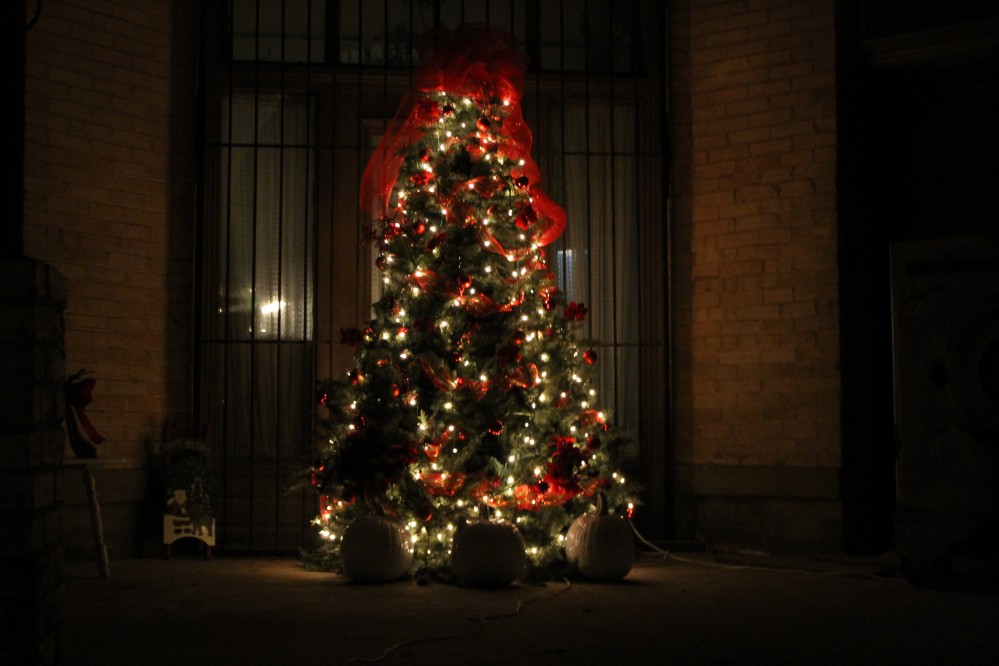December 17, 2023 – We all know the story of the Magi bringing gold, frankincense and myrrh to Joseph, Mary and Jesus, but there was always the question of what was it, and why was it so important to warrant giving to the Christ child. Further, why has it been traded as an object of value for thousands of years.
Frankincense is tree sap or resin that comes from multiple trees in the Boswellia genus. Trees are tapped, not unlike Maple trees. Sap oozes out and hardens over a several day period into a gum resin. Trees are tapped twice a year for up three months at a time. Tapping can continue for six years before stopping for a few years.
Some of the earliest uses of camels in the middle east were to transport frankincense to distant lands. The literature gives no indication that frankincense trees grow in Israel.
Frankincense has a long history as an anointing oil, an ingredient in cosmetics, and in aromatherapy that calms, relaxes, and reduces stress. Several countries, including Greece, Egypt, Israel, and Rome used frankincense in religious ceremonies as well as an embalming liquid to honor the dead and prevent rapid decomposition while covering a dead body’s smell.
Used today by many churches at Christmas and Easter, Frankincense is a valuable asset that would have been welcomed by Joseph and Mary.
Like frankincense, myrrh is a tree extract (sap) from a small thorny tree. The resin is soft when extracted, but later becomes hard. It’s been used for thousands of years for perfume, incense, and medicine. It’s mentioned in the Old Testament as far back as early Genesis.
Myrrh was used in ancient Egypt for embalming of mummies. Ancient Grecians used it in treating wounds due to its antimicrobial and antiviral properties. Today, you can find myrrh as an ingredient in such diverse products as toothpaste, mouthwash, liniments for bruises & sprains, salves, and toothache analgesics. It is even being studied for its possible ability to fight cancer. It can be taken internally to fight ulcers, indigestion, arthritis pain, and other internal ailments. About the only negative aspect is that it should never be used by pregnant women, as it could cause a miscarriage.
Myrrh was an ingredient used in the incense for in the First and Second Temples at Jerusalem, as well as in anointing high priests and kings, and was considered valuable enough to be traded throughout the Mediterranean area.
Today, myrrh (mixed with frankincense) is used in traditional Roman Catholic and Episcopal services as well as numerous orthodox churches.






